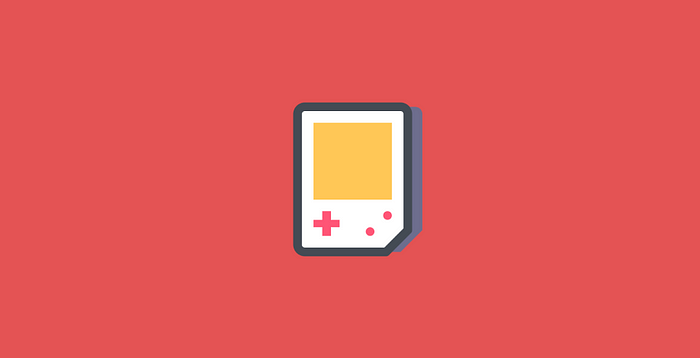
Top 3 Gamification Techniques
That you should use in your next app
Most product designers want to retain their users and keep them active. But how to achieve this goal? The techniques that I will cover in this article are widespread in computer games, but they can be valuable for almost any product.
1. Challenges
How it works: The app gives users appropriate challenges to keep them engaged.
Why it works: Most of us have experienced a mental state where all of our attention is focused on an activity we’re working on. Mihaly Csikszentmihalyi named this state “flow.” During flow, people typically experience deep enjoyment. Challenges can keep users in the state of flow.
When should I use it: When you want to improve user engagement and make your product more fun to use. This approach is ideal for educational and fitness apps.
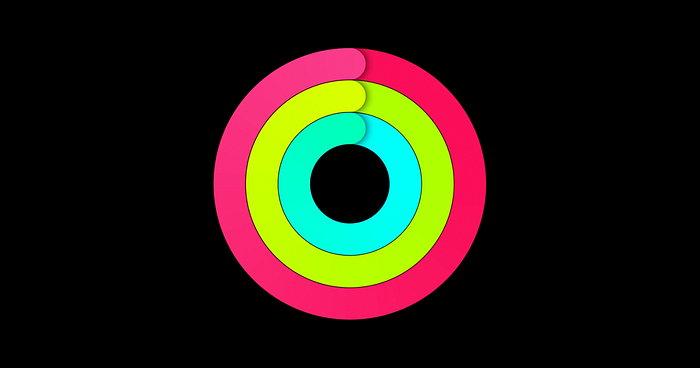
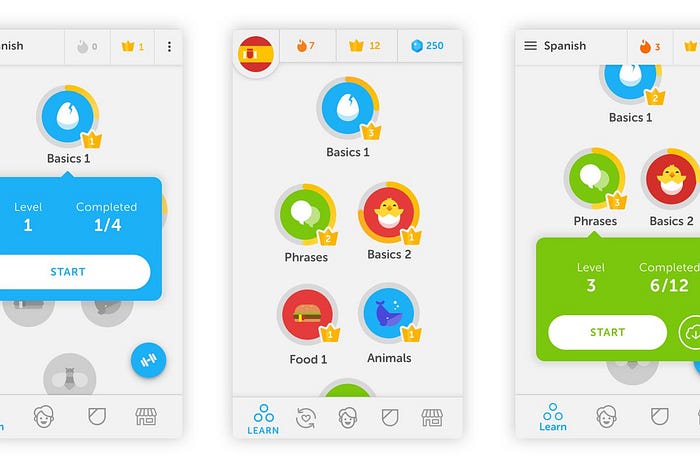
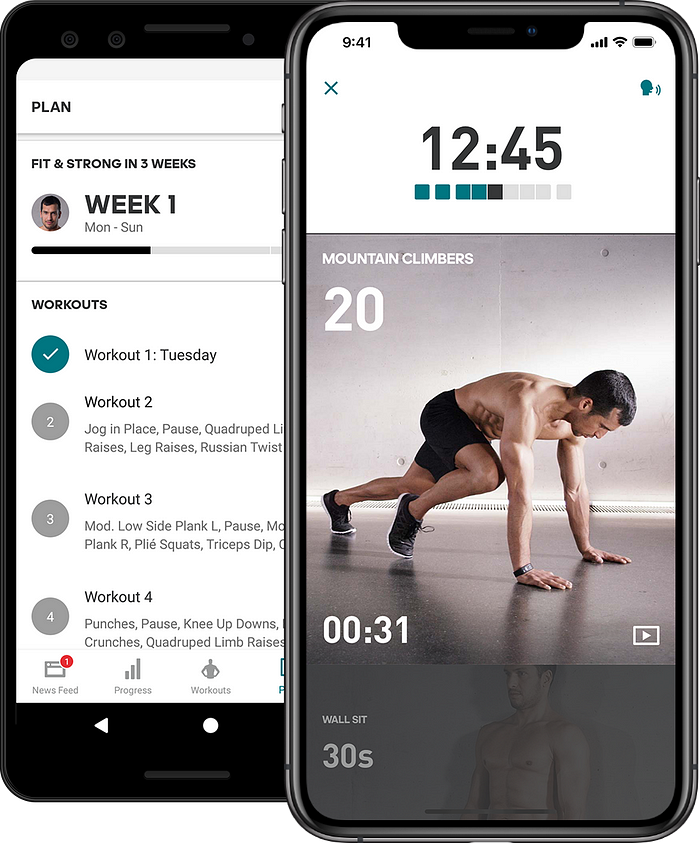
How to use it in my app:
- State a clear goal. Ensure that users understand what they can achieve and how. Remove everything that distracts the user from accomplishing the goal.
- Remember that you need to cater to both novice and experienced users. Both novice and experienced users should be confident that they can handle the challenge.
- It’s worth introducing a system of levels in your product to communicate the user progress. For example, in video games, the events are often represented by levels, and as users progress, they can deal with more complex challenges (i.e., level 2 is harder to complete than level 1). The same approach can work same for regular apps.
- Provide immediate feedback for user actions. It will help you to reduce user anxiety.
- Evaluate the skills that the user has and the complexity of your challenges. Too hard tasks can cause stress and anxiety, while too easy and mundane tasks can cause boredom. Both stress and boredom can lead to dissatisfaction from using a product. That’s why it’s vital to achieve a balance between the learning curve and the difficulty curve of experience. Flow occurs at the boundary between boredom and anxiety.

2. Unlock content or features
How it works: Some content/features in the app aren’t available for users until they do something in your app.
Why it works: When content/features have some value to users, they are more willing to invest time and effort in getting them. Unlocked content/features act as endowments that makes your users value your product more than before they signed up (Endowment effect).

When should I use it: This technique is great when you want to improve user engagement and retention rate. As users explore your product and start unlocking features, they invest time and effort into your product.
How to use it in my app:
- Unlock content/features shouldn’t be used as the only way to motivate people to use your product.

- Clearly communicate the path to unlocking features. For example, you can introduce in-app points that users can spend to unlock content/features. Depending on the nature of your app, users can earn points (i.e. in-app karma points) or purchase them using real money.
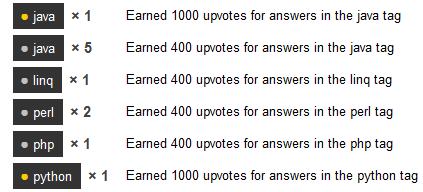
3. Achievements
How it works: The app rewards users at the completion of a particular task.
Why it works: This technique has its roots in the psychological need for closure, which drives users towards action. When users know that they will be rewarded after the completion of particular actions, the reward will motivate users to move forward.
When should I use it: When you want to direct users’ action toward a particular goal. For example, you want users to provide more personal information.
How to use it in my app: If your product is geared toward a purpose with an end goal, all you need to do is set expectations and communicate progress to motivate users to achieve a reward.

Alternatively, it’s possible to reward users after completing large tasks (milestones). Try to provide clear set goals that users can strive for in order to get rewarded. Users should know right from the start that they will receive a reward when a specific goal is reached so that they can plan their resources (time, money, energy) accordingly.

Want To Learn UX?
Try Interaction Design Foundation. It offers online design courses that cover the entire spectrum of UX design, from foundational to advanced level. As a UX Planet reader, you get 25% off your first year of membership with the IxDF.
This post contains affiliate link(s)

